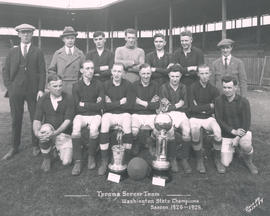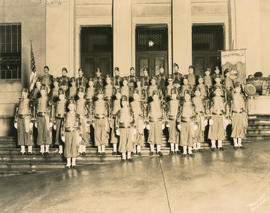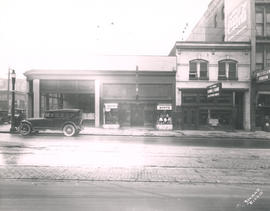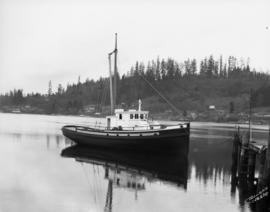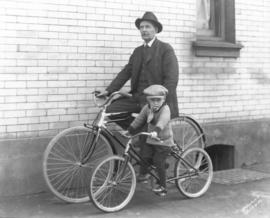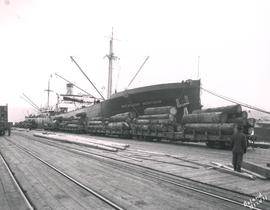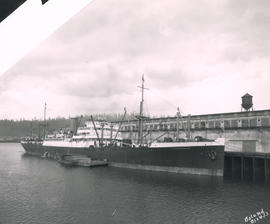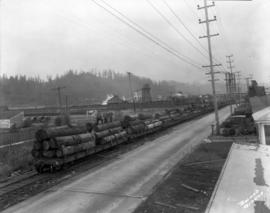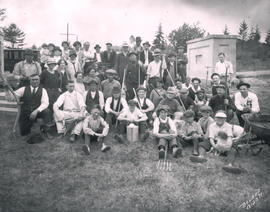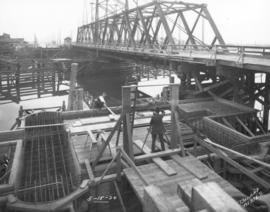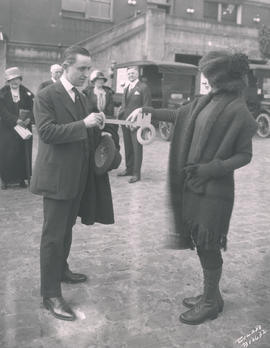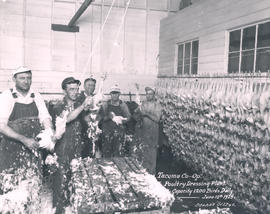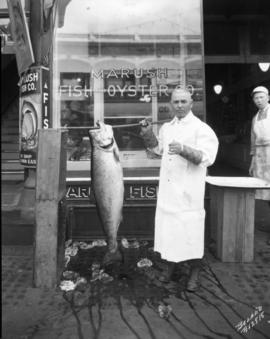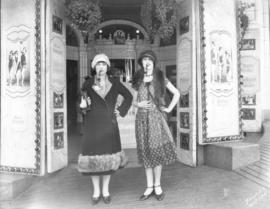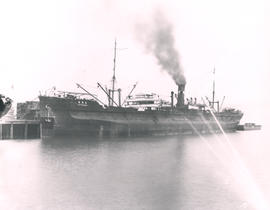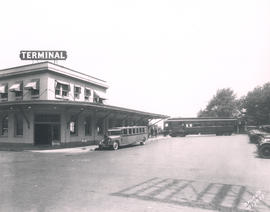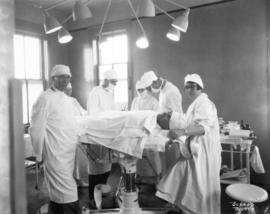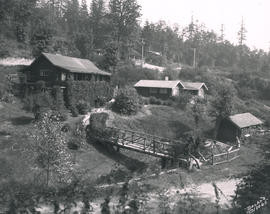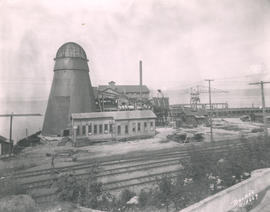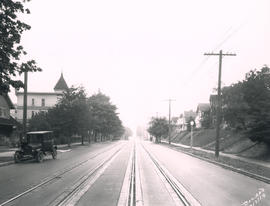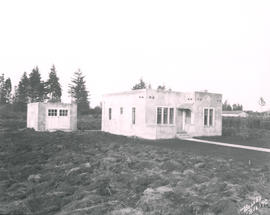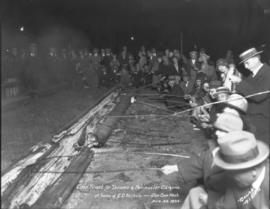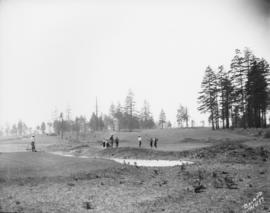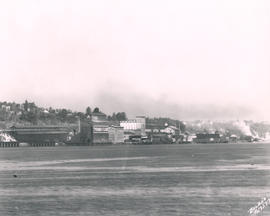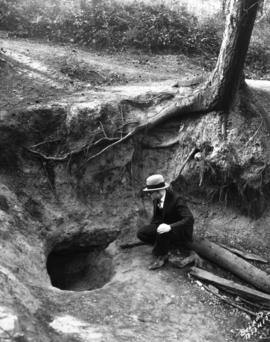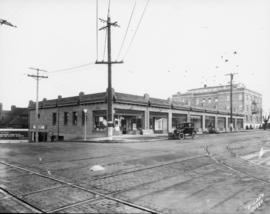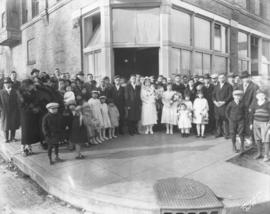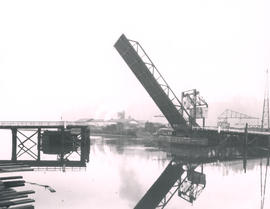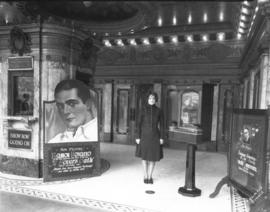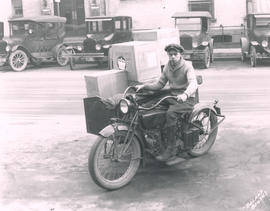When the Tacoma "suburb" of Regents Park was designed in 1907, a manmade spring-fed lake, aptly named Spring Lake, was at its center. By 1925, just prior to when the area incorporated as Fircrest, the lake area was showing signs of neglect. This large crew of Regents Park residents called a work day on May 17, 1925 to clean up and rehabilitate the area. Included in the picture are: Earl Libby, Norma Pickering, Mrs. Ernie Fox, Jack Pickering, Ernie Fox, Oscar Ellison, Joe Baker, Owen Ellison, H.D. Baker, Bob Rasmussen, Dr. Caswell, Ernie and Harold White, Robert Freeman, Grady Hume, Bruce Hume, a Mr. Glen, John and Bob Van De Mark, Lewis Ellison, Mayor Woodkirk, Bill Brock, Irene Edwards and Mr. and Mrs. Frank Boyd. The volunteers would clean the lake's bed and landscape the area. The lake was drained of water and all mud removed from the gravel bottom before refilled. The large cement block in this photograph's background was used as a base for one of the Fircrest Lions at the time of early development. Eventually, the lake dried up and its location is now the site of Fircrest Park. (TNT 5/18/1925, pg. 5) ("Of Lions and Dreams, Of Men and Realities," Osness, pg. 110) G72.1-109
Real estate development--Fircrest; Lakes & ponds--Fircrest; Urban beautification--Fircrest--1920-1930; Regents Park (Fircrest);
